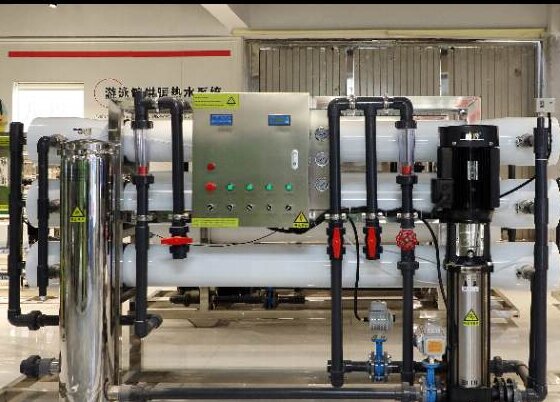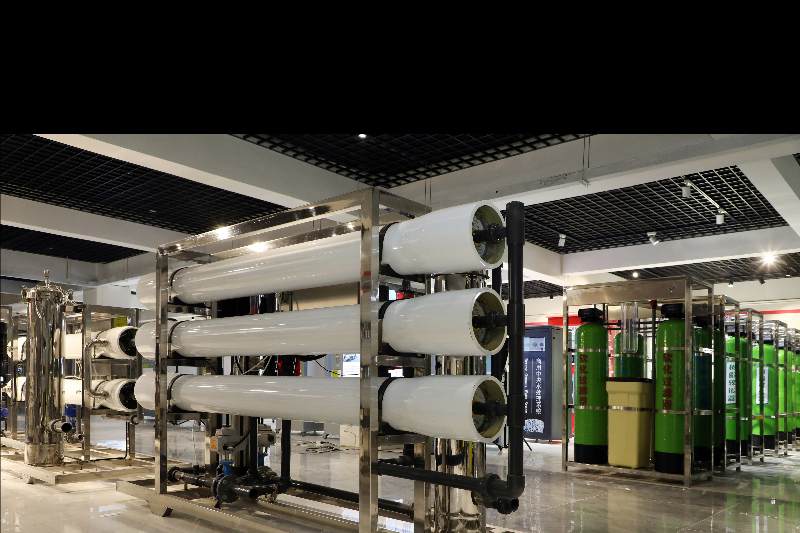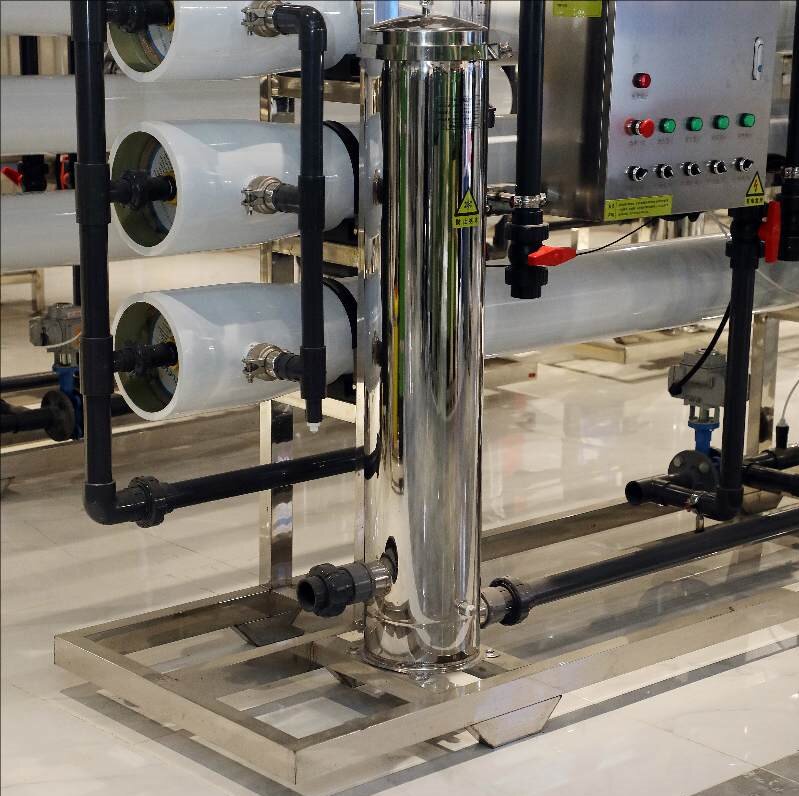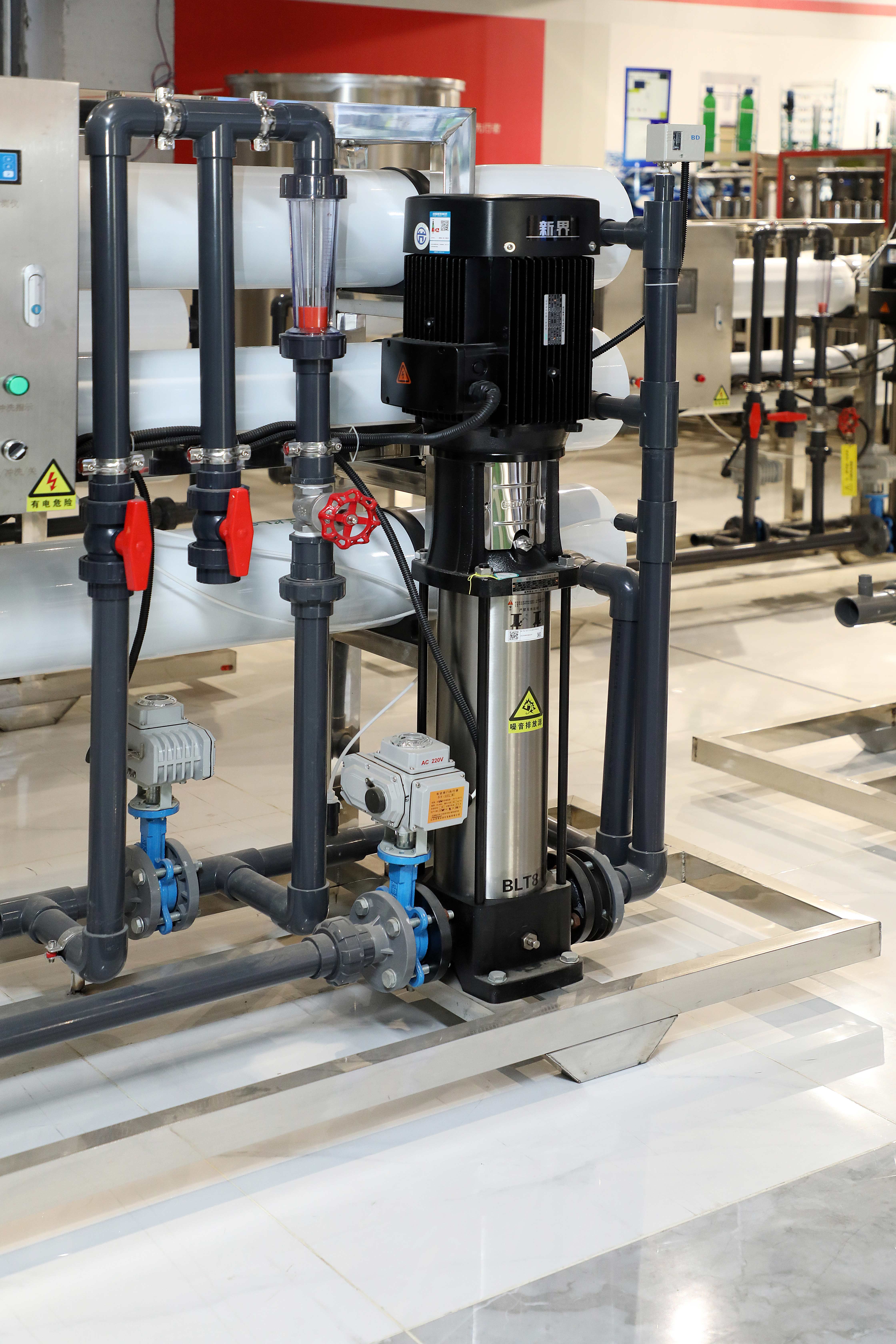
- Qingqingquan
- Shandong, China
- 20 days
- 300 units per month
This article mainly discusses the application status and future development trend of green, low-carbon and energy-saving technologies in industrial and commercial water treatment equipment
Application And Development Of Green, Low-Carbon And Energy-Saving Technologies In Industrial And Commercial Water Treatment Equipment
With the increasingly severe global climate change problem and the proposal of the "dual carbon" goal, the industrial and commercial water treatment equipment industry is facing an urgent need to transform to green and low-carbon. Traditional water treatment equipment has high energy consumption and large carbon emissions, and can no longer meet the current sustainable development requirements. This article will discuss the application status and future development trends of green, low-carbon and energy-saving technologies in industrial and commercial water treatment equipment
1. Current energy consumption status of industrial and commercial water treatment equipment
Water treatment equipment in the industrial and commercial field includes circulating water treatment systems, sewage treatment equipment, pure water preparation equipment, etc. These equipment usually consume a lot of electricity and chemicals during operation. According to statistics, the energy consumption of water treatment can account for 15%-25% of the total energy consumption of industrial enterprises, which is a veritable "energy hog".
The main problems of traditional water treatment technology are as follows:
1.1 Low energy efficiency of power equipment such as pumps and fans
1.2 Unreasonable treatment process design leads to energy waste
1.3 Low degree of automation and inability to achieve precise control
1.4 Large amount of chemical agents used, with the risk of secondary pollution
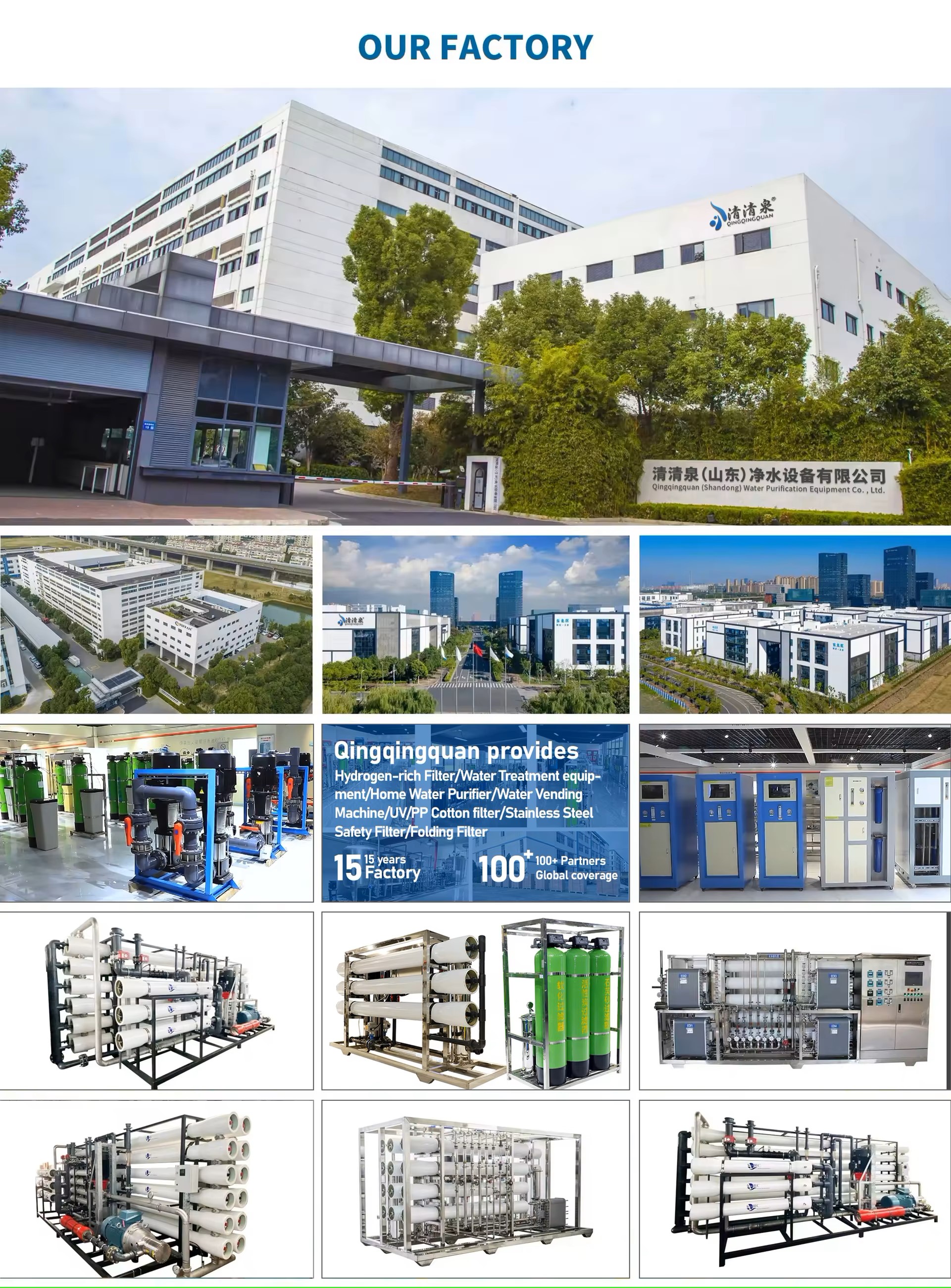
2. Application of green and low-carbon key technologies
2.1 High-efficiency energy-saving equipment technology
High-efficiency water pumps and frequency conversion technology: Use water pumps with energy efficiency ratings of IE4 and above, with frequency conversion control The control system can adjust the flow rate according to actual needs, and the energy saving effect can reach 30%-50%
Low-resistance membrane separation technology: new nano-membranes, graphene membranes and other materials can reduce filtration pressure and energy consumption
High-efficiency aeration system: new technologies such as microporous aerators and jet aeration can improve oxygen transfer efficiency and reduce fan energy consumption
2.2 Renewable energy coupling technology
Photovoltaic driven water treatment system: Use solar photovoltaic power generation to power equipment and reduce dependence on the power grid
Waste heat recovery: Use industrial waste heat for heating in the water treatment process
Biomass energy application: Use organic wastewater Biogas generated for power generation
2.3 Intelligent control and optimization technology
Intelligent monitoring system based on the Internet of Things optimizes operating parameters in real time
Artificial intelligence algorithm predicts water quality changes and realizes precise dosing
Digital twin technology simulates and optimizes the entire water treatment process
2.4 Low-carbon treatment process innovation
Low-carbon biological treatment technologies such as anaerobic ammonia oxidation
Electrochemical water treatment technology reduces the use of chemicals
Energy-saving improvement of membrane bioreactor (MBR) process


3. Future development trends
3.1 Zero-carbon treatment technology: Develop water treatment processes that are completely independent of fossil energy
3.2 Material innovation: Application of new materials such as graphene and MOFs in energy-saving equipment
3.3 System integration: Construction of water-energy-resource coordinated treatment system
3.4 Carbon footprint management: Full life cycle carbon emission assessment and optimization

4. Policy recommendations
4.1 Improve the energy efficiency standard system for industrial and commercial water treatment equipment
2. Increase financial support for the research and development of green and low-carbon technologies
3. Establish a methodology for carbon reduction accounting in water treatment
4. Promote the contract water-saving management model
The application of green, low-carbon and energy-saving technologies can not only significantly reduce the operating costs of industrial and commercial water treatment equipment, but also is an important way to achieve the "dual carbon" goal. In the future, with the advancement of technology and policy promotion, efficient, intelligent and low-carbon water treatment solutions will become the mainstream of the industry, providing strong support for the sustainable development of industrial and commercial enterprises. Enterprises should deploy green water treatment technology as soon as possible, and through equipment updates, process optimization and intelligent management, while improving the efficiency of water resource utilization, achieve a win-win situation of economic and environmental benefits.























